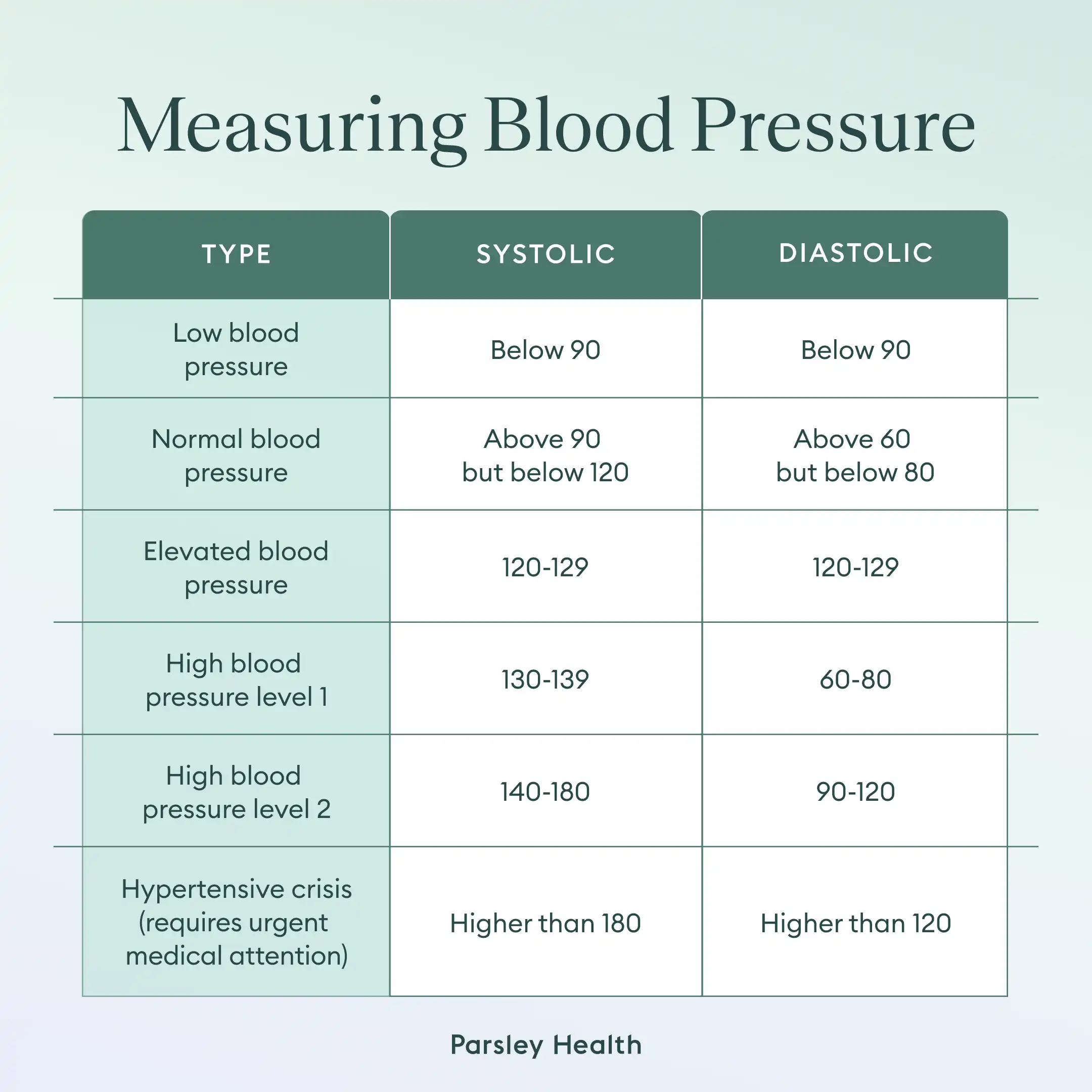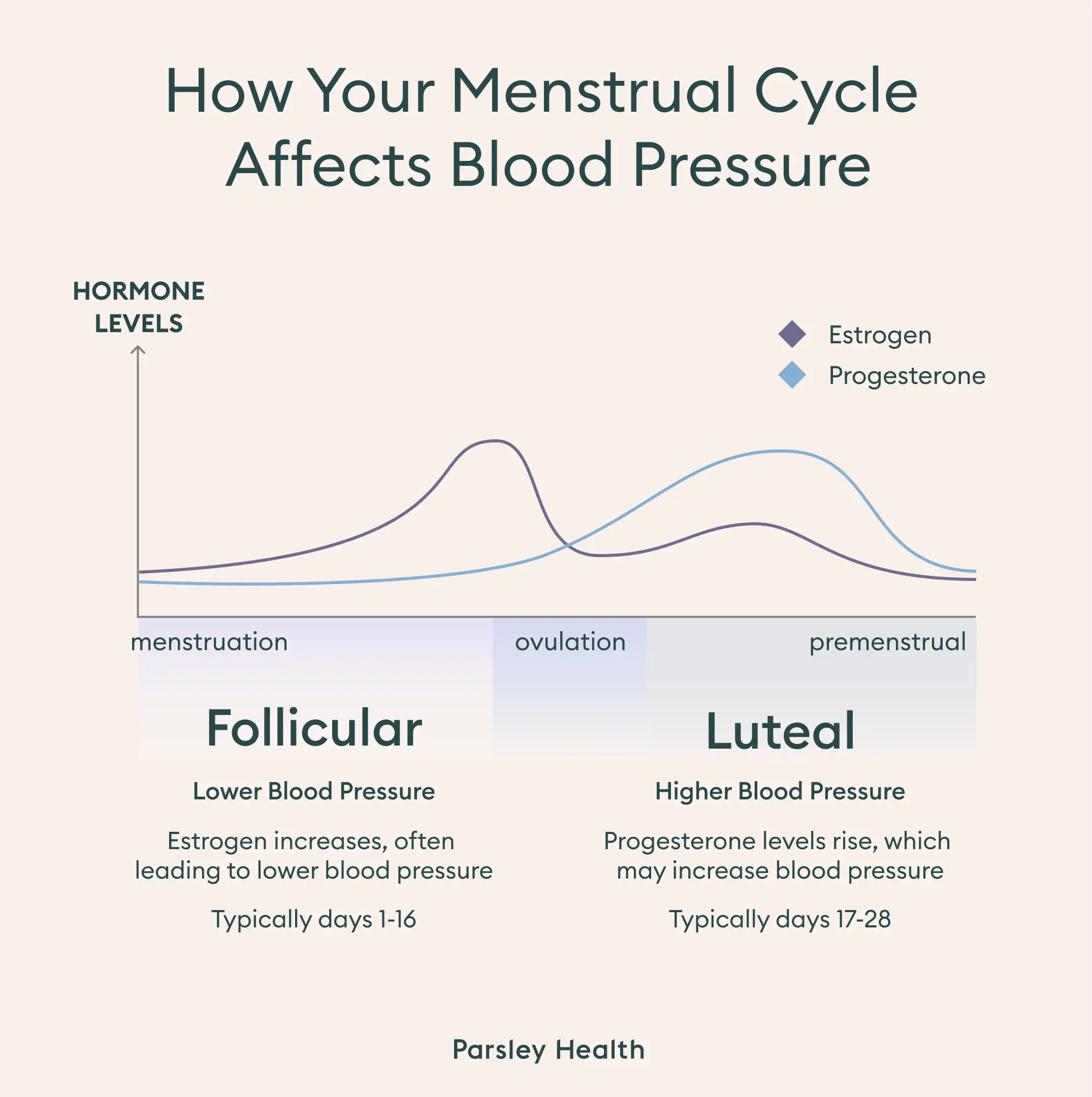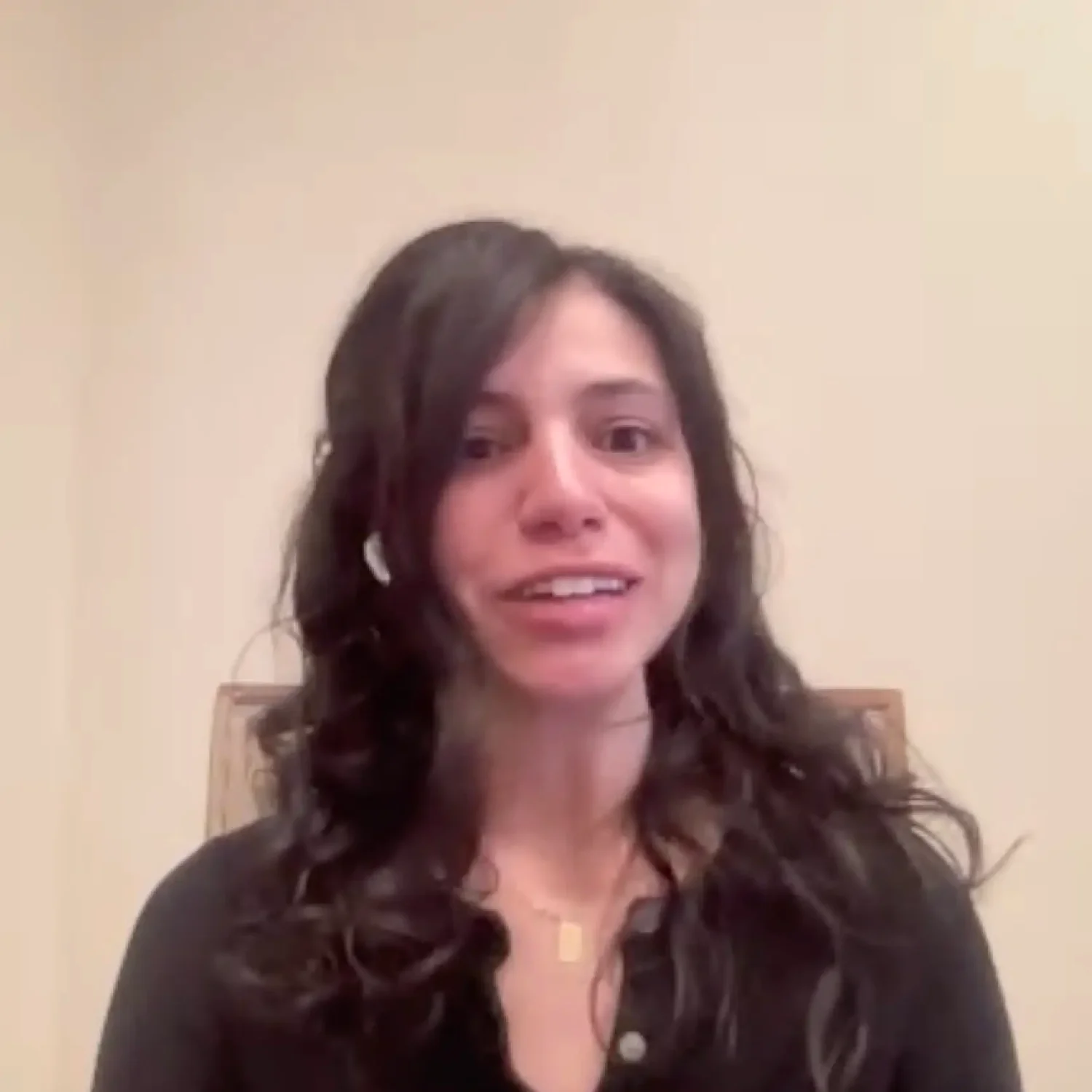Conventional medicine suggests the same low, high, and normal blood pressure ranges, regardless of the sex you’re assigned at birth. Yet new research suggests blood pressures for those assigned female run lower than their male counterparts. This key difference begs the question: What is a dangerous low blood pressure for women? The Cliffnotes answer is anything below 90/60 mmHg with symptoms. But like many things in life, low blood pressure isn’t as simple as it appears.
Have you ever stood up too quickly, only to feel dizzy or see spots in your vision? If so, you might have experienced a blood pressure dip. Women are particularly susceptible to low blood pressure, and there are a few potential causes that are gender-specific. But before we get ahead of ourselves, let’s dive into what exactly blood pressure is and when it is (and isn’t) a cause for concern.
Understanding blood pressure basics
In medical terms, blood pressure is a measurement of force in the arteries. Our hearts pump blood, and the arteries then carry that blood to tissues throughout the body. The tissues receive oxygen and nutrients from the blood, enabling the body to function as intended. We can think of measuring blood pressure as a quick check-in to assess if blood is flowing as it should.
Blood pressure can fall into three ranges: normal, high, and low. Blood pressure in the normal range indicates that the tissues are receiving the required nutrients and oxygen. If high, the arteries are experiencing too much pressure, which can disrupt blood flow and may result in serious complications such as stroke, heart disease, and kidney disease. Low blood pressure is less likely to lead to complications, since most cases are asymptomatic. Symptomatic cases, however, may indicate an underlying medical condition.
Measuring blood pressure

Most of us have probably had our blood pressure taken at one point or another. After measuring, a healthcare provider may report two numbers, such as 90/60 mmHg. These numbers indicate:
- Systolic blood pressure: Measures pressure in the arteries when the heart beats. This number goes first and will be higher.
- Diastolic blood pressure: This second, lower number quantifies pressure between heartbeats.
If someone’s blood pressure is 110/70 mmHg, for example, that means the systolic blood pressure is 110 and the diastolic is 70. To help determine what’s high, low, or normal, we can refer to these general ranges:








